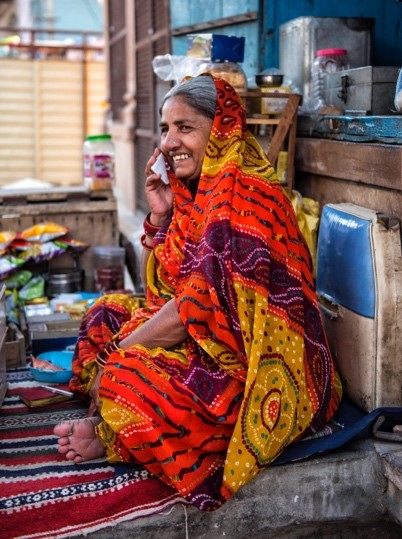
Sometimes you get caught up in the moment and forget… or, if you’re like me, it can sometimes feel awkward to ask strangers to sign a model release. But that shouldn’t stop you from submitting your images as stock—not when they might be suitable for “Editorial Use Only.”
What is an editorial stock image?
I first learned about editorial stock images from Great Escape Publishing instructor Efrain Padro. He showed us how he gets around using releases when he uploads to stock agencies like Alamy: by designating them as “Editorial.”
I studied the process by using the editorial stock guidelines that most agencies publish on their websites—but my real education came from my rejection pile!
What I learned is that editorial images should tell a story about current events, human interest, or other noteworthy occurrences. These images can’t be used in any commercial form to advertise a product or service—and they aren’t model or property released.
However, not every photo can be used as editorial simply because you don’t have a model release. Your images should be newsworthy, and the captions matter.
Documentary vs. illustrative
When I’m traveling, much of my photography happens in public places like markets with throngs of people milling about. Since I’m there to “document” the culture, I look for ways to tell the story of a place or an event. For example, this image of a woman in an Indian market documents the convergence of two cultures: the traditional and the world of modern technology.
Descriptive titles for editorial images are similar to news headlines. Your caption tells potential buyers who or what your image is about and why it matters.
Documentary editorial image caption examples:
Caption: “Mandawa, Rajasthan, India February 11, 2018: Traditional Indian lifestyle integrates with modern technology when a female merchant chats on her cellphone in a busy middle class Indian market.”
This image was rejected for an inappropriate caption: “Vietnamese couple lights incense before entering a temple.”
After correcting the caption, my image was accepted: “Hoi An, Vietnam February 15, 2016: A young couple practices Thurification – an ancient ritual of burning incense to honor ancestors and Gods during the lunar celebration.”
It’s ok to make technical improvements to the quality of the photos but the images should tell the truth of the events without adding or removing any content.
An image that doesn’t document an event but was staged to convey a concept or subject of interest can be used as Illustrative Editorial.
When creating concept images for illustrative purposes, agencies want clean, uncluttered photos that convey a relevant message. Look for noteworthy trends to illustrate concepts.
Illustrative editorial image caption example:
Caption: “Atlanta, Georgia May 17, 2017: Subscription meal kit delivery services are a multi-billion-dollar industry that’s expected to keep growing – restaurants and grocers may not be happy about it.”
The image was staged but illustrates a hot, trending business/lifestyle concept of a boxed meal kit from the popular delivery service Sun Basket, sitting at someone’s front door. It doesn’t contain any distracting or confusing elements and is clearly about one thing.
For editorial stock, captions, titles, and keywords are critically important components that create a bridge connecting buyers to your images. Once you understand a few of the rules, capturing and creating editorial stock images will become another great source of passive income in your growing stock portfolio.
Travel Photography Resources
5 Dos and 2 Don’ts for Travel Photography
Take Great Photos And Get Paid More For Your Travel Articles
Turning a Photography Hobby into a Monthly Income
The Pros Of Selling Your Images As Stock Photography
16 Mobile Photography Tips And Tricks Every Photographer Should Know




